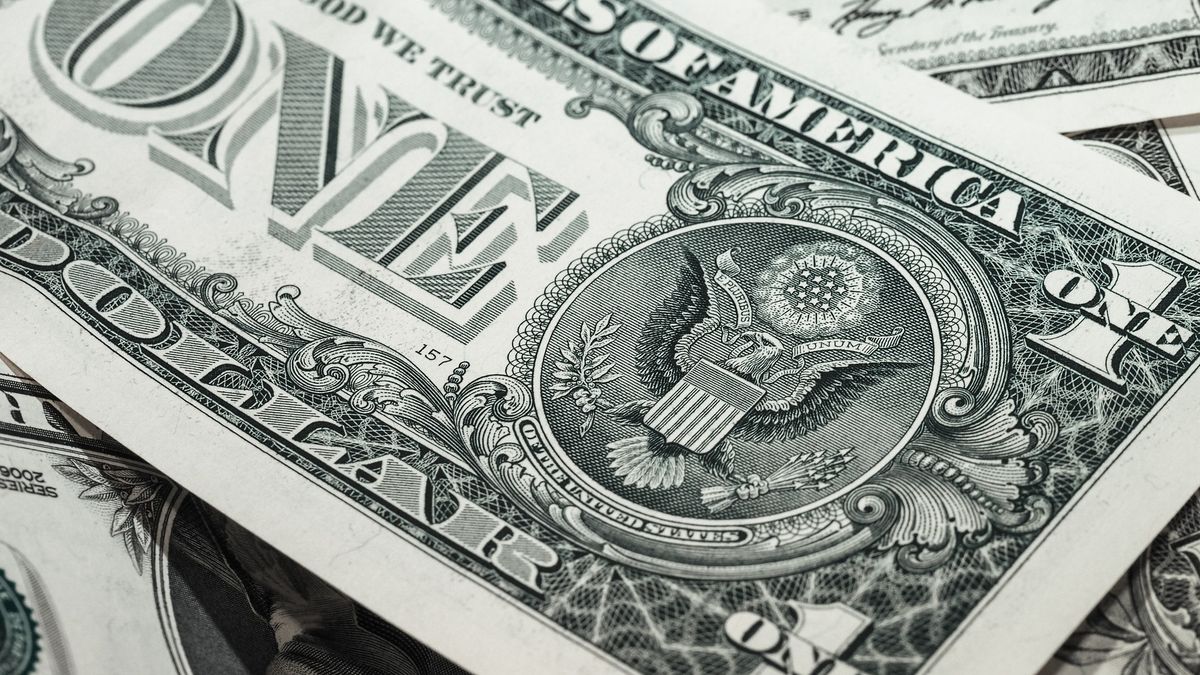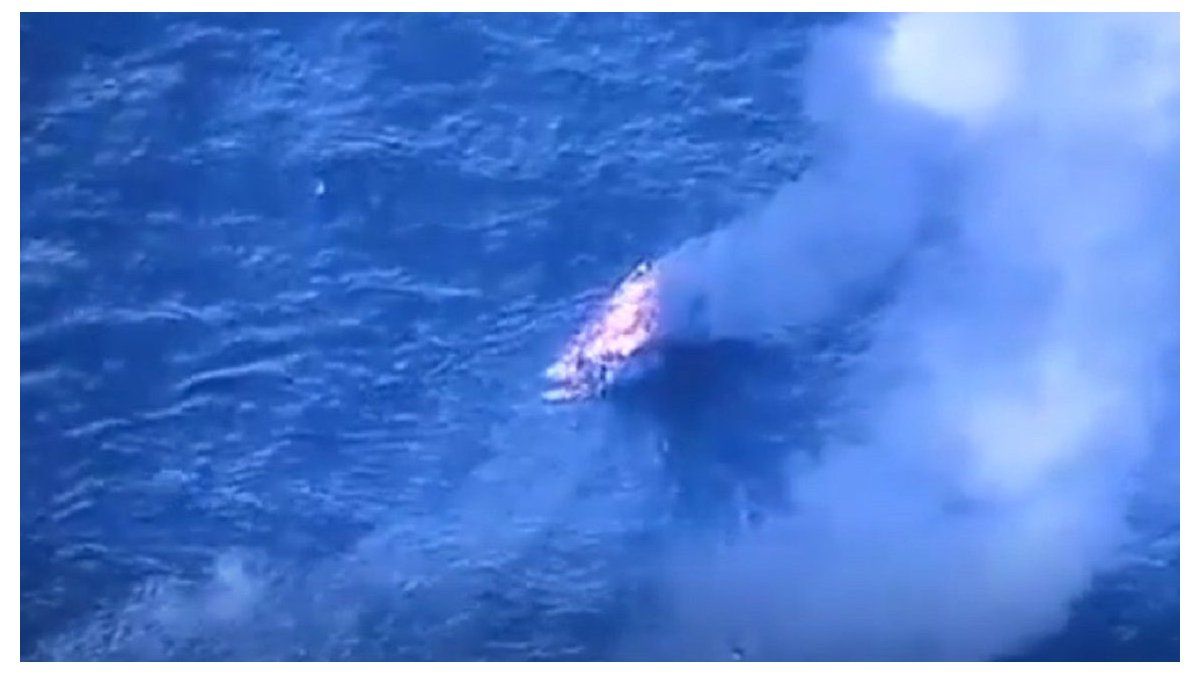The Argentine market rearranged itself in the face of the global uproar caused by the Russian invasion of Ukrainian soil, which triggered raw material prices and opened up a complex geopolitical panorama between world powers.
A global wave of risk aversion spread after Russian President Vladimir Putin ordered a large-scale invasion of Ukraine in Argentina early this morning, risking severe economic sanctions from the West.
ActivTrades analyst Alexander Londoño stated that “the dollar has been one of the safe haven instruments preferred by investors around the world in these times of uncertainty due to the conflict in Ukraine. The greenback is strengthening against its main counterparts and against the currencies of emerging markets. However, it has been against the euro that it has left on the ground because the conflict in Ukraine could slow down the economy in the old continent”.
In relation to the local context, the economist Gustavo Ber stated that “the operators are once again concerned about the drainage of reserves after a stage of greater stability in the interventions, beyond the positive reception to the more accelerated ‘crawling-peg’ and to the increases of rates”.
He added: “in the face of external noise, and pending the closing and parliamentary approval of the agreement with the IMF, the financial dollars intersperse a respite after recently deflating with the MEP, reaching $200 as a result of higher arbitrations by operators in favor of the ‘carry-trade'”.
On the black market, the blue dollar advances 50 cents to $210.50, for the second consecutive round after touching its minimum value of five weeks, according to a survey carried out by Ámbito in the Foreign Exchange Black Market. Consequently, the spread between the blue dollar and the wholesale exchange rate it stands at 96.4%.
The prices of the alternative exchange rates reached a maximum level of $233 (CCL) on January 27, the day before the announcement of an understanding with the IMF for the debt and the payment of a due date with the organization.
Since then, the exchange rate gap had narrowed almost 35 points, going from 122% to the current 88%, with additional help provided by the price of agricultural commodities, the acceleration of the crawling-peg in the official dollar, and the recent rate hike ordered by the BCRA.
official dollar
The dollar today -without taxes- rose six cents to $112.89 this Thursday, February 24, 2022, according to the average in the main banks of the financial system. In turn, the retail value of the currency at Banco Nación remained unchanged at $112.50.
The wholesale dollar, which is directly regulated by the BCRA, rose 10 cents to $107.38with a somewhat broader tour than in previous days, always hand in hand with official activity in the sector where banks and companies operate.
The Central Bank (BCRA) sold reserves for the fourth consecutive day, ending with a negative result of some US$60 million. The monetary authority sold more than US$180 million since Monday, and began to accumulate a negative balance of some US$20 million in February.
Highs were posted early on at $107.44, sixteen cents higher than the previous end. The authorized demand maintained the pressure on the price of the dollar, holding it at the initial values until the appearance of the Central Bank in the market corrected the initial rise. Official sales responded to purchase orders without a genuine offer counterpart and generated declines with prices taking them to lows of $107.37, near the end of the day.
With only one wheel left to finish this week, the wholesale exchange rate accumulates increases of 60 cents, about to exceed the 63-cent increase registered in the previous week.
The end of the month, which occurs this Friday, impacts the demand for foreign currency, which is increased by the need to cover positions that must be settled on that date.
New BCRA measure
the eFinancial entities that offer the digital wallet service must comply with a new series of requirements to operate in the marketwhich aim to mitigate fraud in this type of operation, ordered the Central Bank.
The decision also reaches the Payment Service Providers (PSP), which from now on will have to obtain a certification from the Registry of Interoperable Digital Wallets to be able to offer the transfer payment service (PCT).
The requirements “are based on the need for interaction between the wallets and the account providers (banking or payment), in order to manage the client’s consent to link their account to the wallet where they wish to operate,” highlighted the monetary authority. .
The Central Bank defined the “digital wallet” service -also known as “electronic wallet” or “virtual wallet”- as the one offered by a financial institution or PSP through an application on a mobile device or in a web browser that must allow, among other transactions, to make payments by transfer and/or with other payment instruments, such as debit, credit, purchase or prepaid cards.
According to the provisions, the sight or payment accounts that are debited for PCTs and the remaining payment instruments may be provided or issued by the same financial institution or service provider.
Meanwhile, the financial entities and the PSPs that provide the digital wallet service must arbitrate mechanisms to detect suspicious or unusual activities of the users tending to mitigate the risk of fraud.
As of next May, the administrators of immediate transfer schemes will in no case be able to enable an acceptor to receive transfer payments initiated with QR codes, if they have not verified that these codes can be read by all the digital wallets registered in the registry. of the Central Bank, according to official information.
Source: Ambito
David William is a talented author who has made a name for himself in the world of writing. He is a professional author who writes on a wide range of topics, from general interest to opinion news. David is currently working as a writer at 24 hours worlds where he brings his unique perspective and in-depth research to his articles, making them both informative and engaging.




